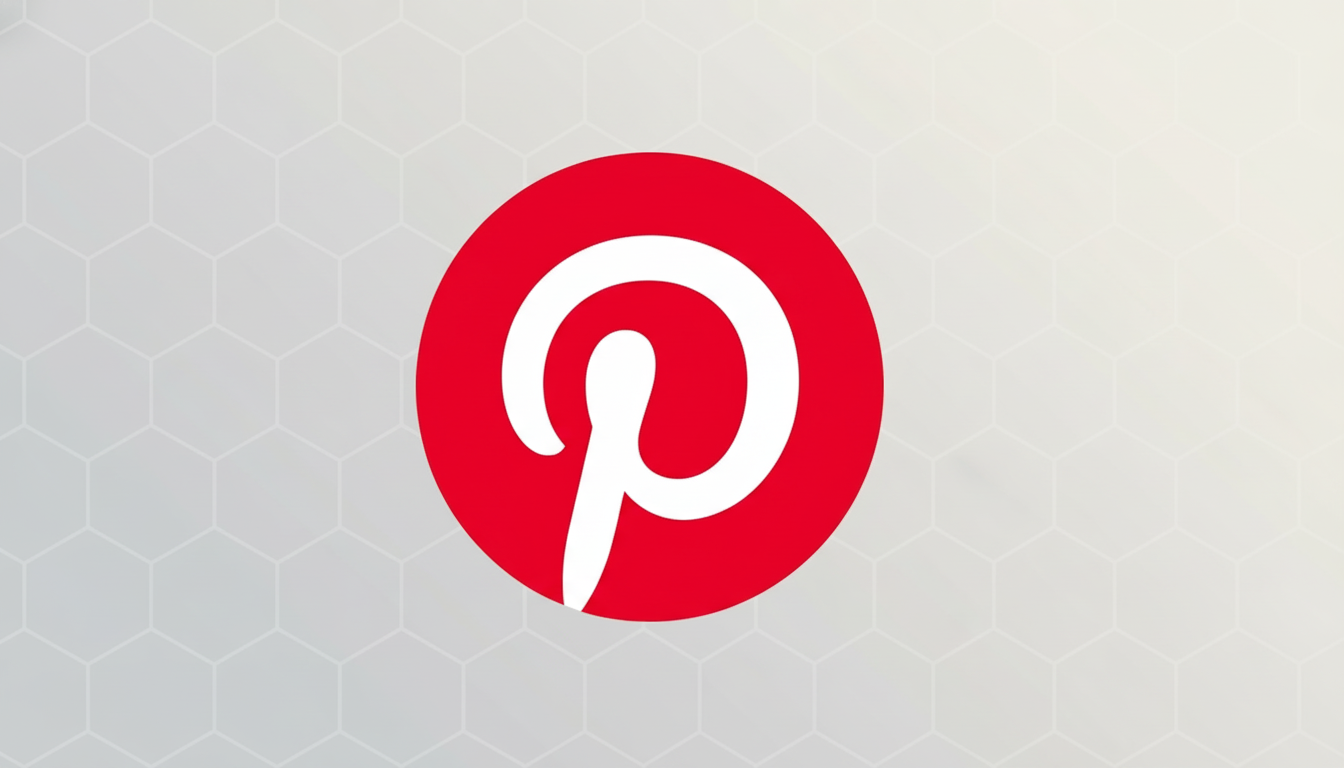If your home feed has been flooded with slick, too-perfect renders, Pinterest is offering you a channel to tone it down. The company is introducing new generative AI controls that allow you to scale back the percentage of synthetic media surfacing in recommendations, giving a partial but welcome filter for users who are keen on real-world projects and human-made ideas.
How Pinterest’s AI content tuner works across categories
The feature resides in settings under an option to “fine-tune” recommendations. There, you can set the level to which AI-generated images are featured in new item categories where synthetic visuals have taken off, like beauty products, art, fashion accessories, and home decor. The controls work like a tuner: Nudge AI content down if you want more authentic photos and creator posts, or up if you’re in the mood for concept renders and idealized mockups.
- How Pinterest’s AI content tuner works across categories
- Expect imperfect filtering and occasional AI slip-throughs
- Why it matters for Pinners and creators on Pinterest
- Balancing AI ambitions with authenticity on the platform
- Tips to get more human-made ideas in your Pinterest feed
- The bottom line on Pinterest’s new AI content controls

Pinterest says the goal is balance — not scrubbing inspiration but giving users more control over what’s on their boards. The tuner will be accessible on Android and the web before eventually coming to iOS. And like in most recommendation contexts, it may take a bit for changes to show up and influence your feed as the network relearns your tastes.
Expect imperfect filtering and occasional AI slip-throughs
There will be no clean on-off switch, you shouldn’t expect one. Good filtering hinges on accurate detection and labeling of AI-generated content. One way platforms already attempt to address this today is by using a combination of creator disclosures, embedded metadata, and model watermarks where available, but these signals aren’t consistent across all tools and workflows. That means there’s some AI content that gets past the filters, and a few humans posting cat pictures against all rules.
Early users said polished room renders and hyper-stylized portraits were still showing up when they searched “Scandinavian living room” or “messy bun tutorial,” albeit in lower volume as the system was tuned. This “leakage,” of course, is not specific to Pinterest; they and other industry-wide efforts such as model-level watermarking or provenance frameworks like the Coalition for Content Provenance and Authenticity are still nascent, and it’s hit-or-miss which creator/app fully abides.
Why it matters for Pinners and creators on Pinterest
Pinterest, according to new investor disclosures, boasts more than half a billion monthly global users, and many are there with a hands-on purpose: cooking a meal, sewing an outfit, redoing a room. Synthetic images can be beautiful, but they frequently don’t come with lists of materials or scale or instructions — you know, things that one would need when emulating inspiration into their own environment. The disconnect has produced manifest pushback in community forums, where users gripe that AI buries sound human-tested ideas.

For creators, the new tuning may actually be a net positive. More users who click to see human content and we may get tutorials and process-driven posts surfacing more frequently which might be of better engagement quality. Advertisers could also benefit from a cleaner context of shoppers searching for real products rather than speculative ones.
Balancing AI ambitions with authenticity on the platform
The filter comes as Pinterest increasingly leans on AI for discovery and commerce, which includes things like the visual search feature that would match a photo to similar shoppable items, as well as advertiser tools that automatically optimize campaign performance. The company has also dabbled in creator utilities like background generation and editing features designed to expedite production.
That dual track — harnessing AI to power the platform while tamping down on its side effects — echoes a larger movement across social and search. Large platforms have added “made with AI” tags, and industry groups are lobbying for provenance standards to distinguish synthetic from real. Pinterest’s tuner is a kind of pragmatic middle ground: It doesn’t banish AI. But it accepts the truth that control sits with the person who’s doing the pinning.
Tips to get more human-made ideas in your Pinterest feed
- Dial down the AI tuner in your settings, and use Instagram to engage with human-origin posts — save, click through, and follow creators who show process shots (chopping as well as the whole finished dish), ingredients, or step-by-step instructions. These signals are quickly learned by the recommendation system.
- When you search, add intent terms like “tutorial,” “pattern,” “before and after,” or “real kitchen” — those tend to bubble up the posts that are anchored in real projects as opposed to renders.
- When you spot something with the wrong label, report it. With user feedback, platforms could iterate classifiers and increase accuracy of labeling over time.
The bottom line on Pinterest’s new AI content controls
New controls won’t get rid of synthetic media, but they do put real power in the hands of users. And if you visit Pinterest for relatable, achievable inspiration, the AI tuner should get your feed looking more human — until the industry gets its act together about clear, consistent labeling.

